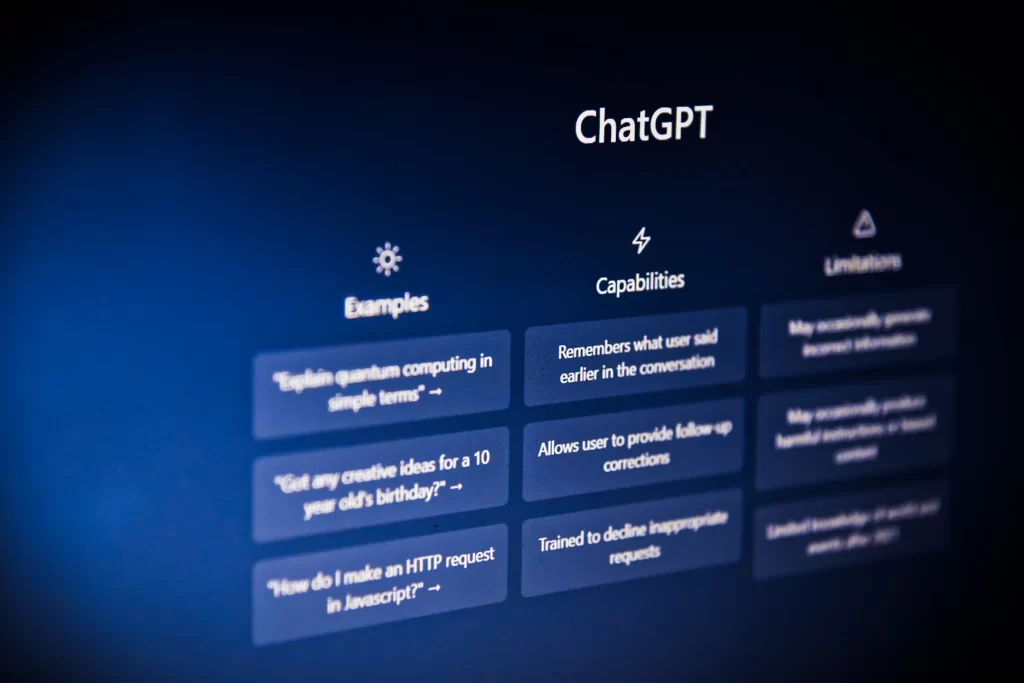Can Google detect ChatGPT?

Intro to ChatGPT
In recent years, artificial intelligence has taken great strides towards becoming more human-like in its interactions with people. One of the most notable examples of this is ChatGPT, a large language model created by OpenAI. ChatGPT is designed to understand natural language and provide responses that are as human-like as possible. In this article, we will explore what ChatGPT is, how it works, and its potential implications for the future of artificial intelligence
What is ChatGPT?
ChatGPT is a large language model that has been trained on vast amounts of text data. It is based on a neural network architecture called a transformer, which was first introduced in 2017. Transformers are particularly well-suited for language processing tasks because they can handle sequences of words or tokens in a way that mimics the way humans understand language.
The “GPT” in ChatGPT stands for “Generative Pre-trained Transformer.” This means that the model was pre-trained on a large corpus of text data before it was fine-tuned for specific tasks. The pre-training process involved feeding the model huge amounts of text data from sources like books, articles, and websites. This allowed the model to learn patterns and relationships between words and sentences, which it could then use to generate new text in response to prompts.
How does ChatGPT work?
ChatGPT has a wide range of potential applications, from customer service chatbots to personal digital assistants. Its ability to generate natural-sounding language means that it can provide more engaging and effective interactions with users than traditional chatbots or scripted responses.
One potential concern with ChatGPT and similar language models is the potential for misuse or abuse. Because the model can generate seemingly authentic responses, there is a risk that it could be used to spread misinformation or disinformation. However, researchers are working on ways to mitigate this risk, such as training the model on trustworthy sources of information and developing techniques for detecting and filtering out harmful content.
Overall, ChatGPT represents a major step forward in the development of artificial intelligence that can understand and interact with humans in more natural ways. While there are certainly challenges and risks associated with this technology, the potential benefits are enormous. As researchers continue to refine and improve these models, we can expect to see even more sophisticated and powerful language processing tools in the years to come.
How Google sees ChatGPT
As an AI language model, ChatGPT is a program designed to generate text based on the input it receives. When you interact with ChatGPT through a platform like a chatbot or a web form, the messages you send are processed by the program and used to generate a response.
Google is a search engine that uses complex algorithms to index and rank web pages, as well as to interpret user queries and provide relevant search results. While Google’s algorithms are very advanced, they are not designed to detect specific AI language models like ChatGPT.
That being said, Google is capable of detecting when a website or web page is using automated content generation techniques, and may penalize such sites for attempting to manipulate search results. However, ChatGPT is not a website or web page, but rather a language model that generates text based on user input.
In summary, while Google may be able to detect automated content generation techniques, it is not designed to specifically detect AI language models like ChatGPT.
